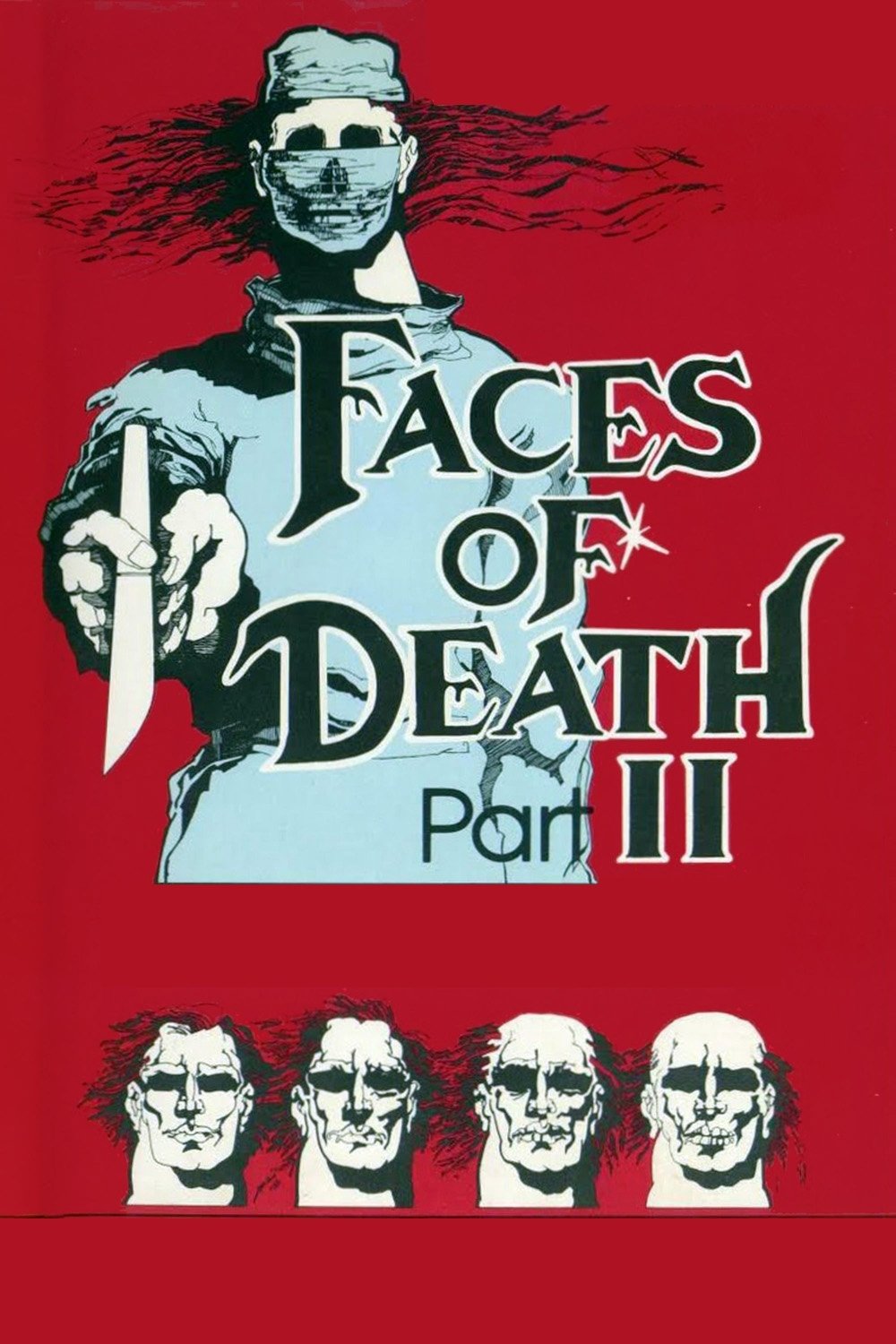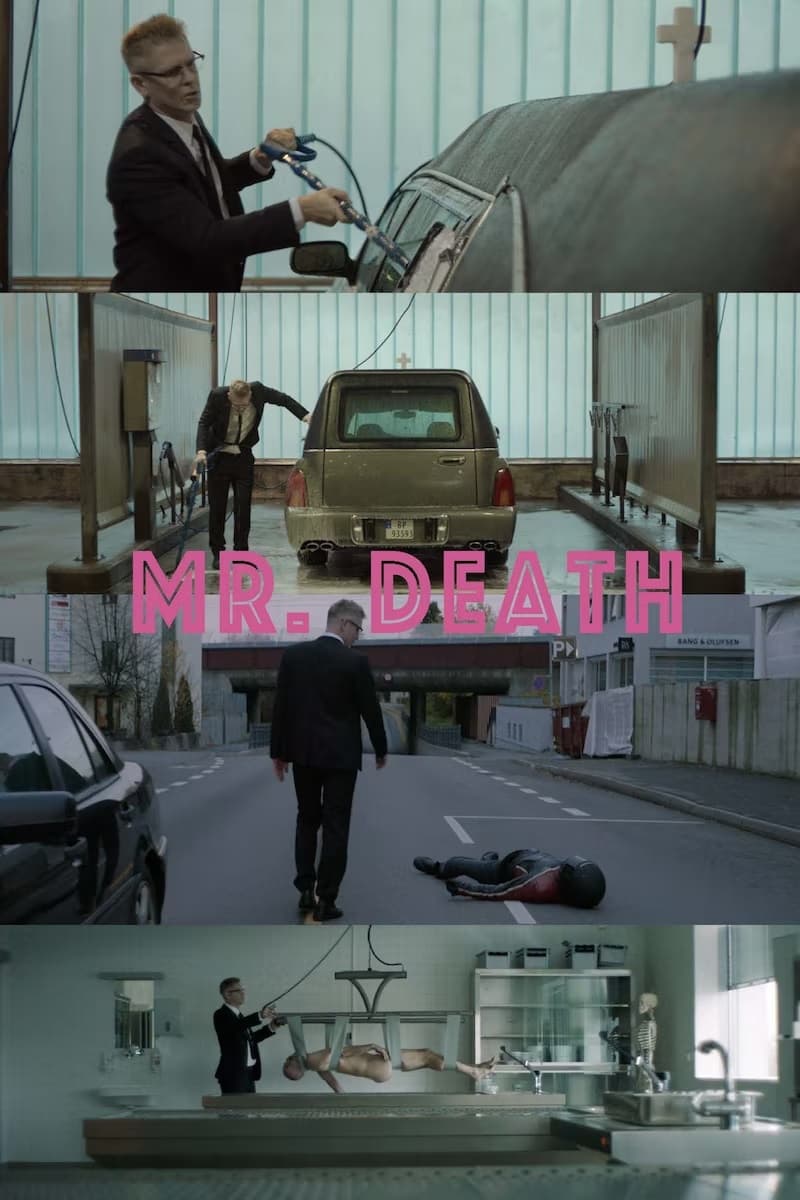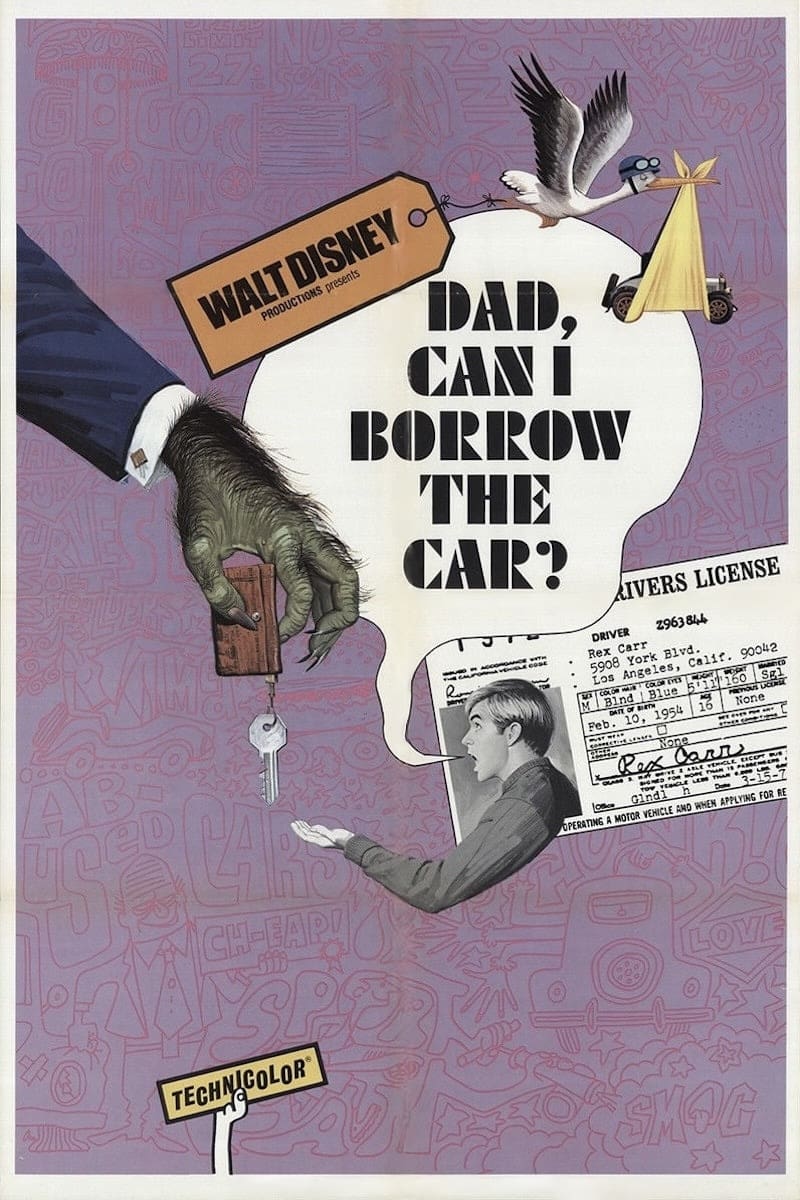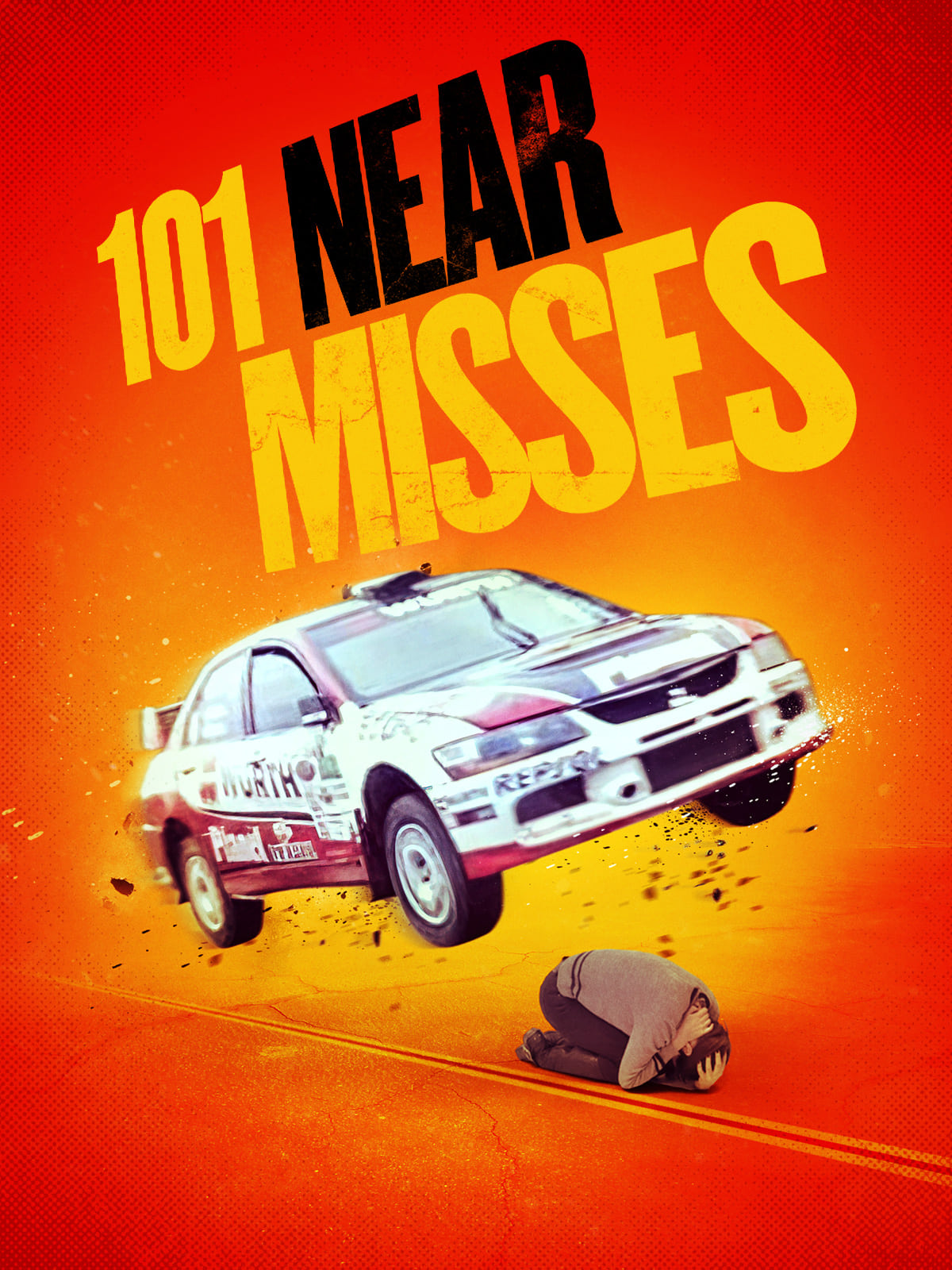Life in the Fast Lane
Life in the Fast Lane
1981
0h 14m
0.0(0 votes)
Documentary
Overview
Information film about freeways, their interchanges, and driving safely on them.
Links & Resources
Social & External
Production Companies
Videos & Trailers
1 video
Similar Movies
Recommended Movies

No Recommendations Yet
We're working on finding the perfect movies for you. Check back soon!
More movies coming soon




